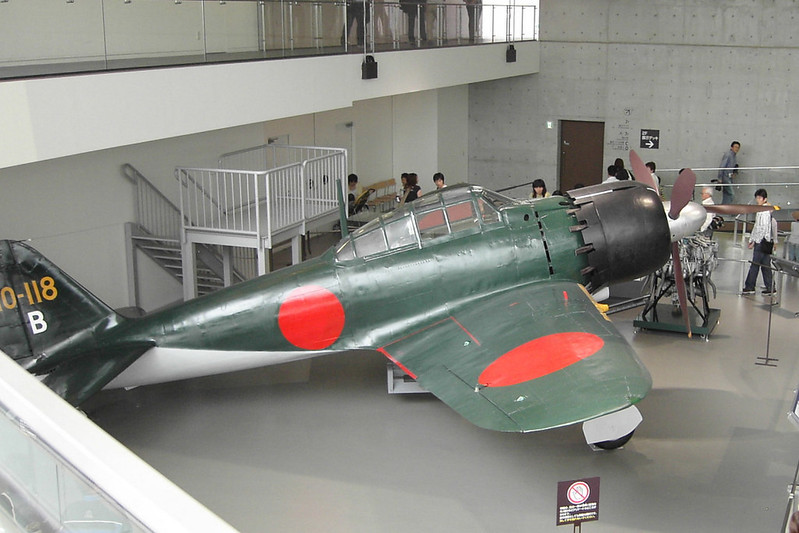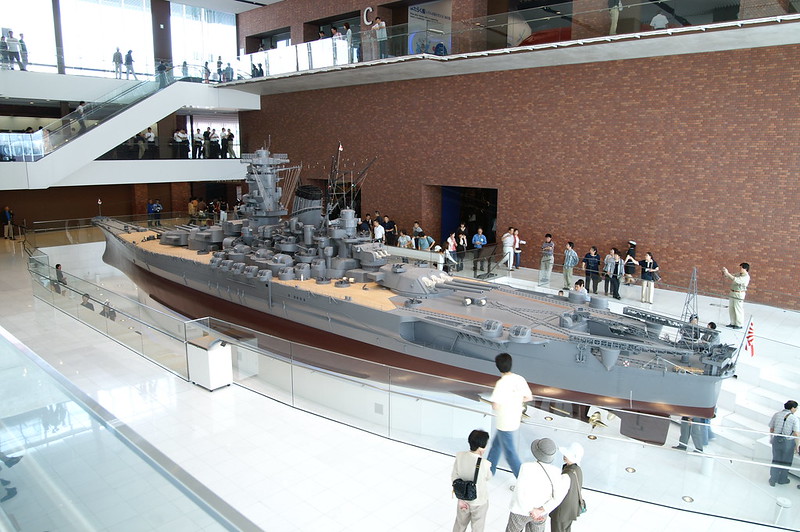Feb 26, 2021
Discover Kure’s Maritime History at the Yamato Museum
As a major port on the Seto Inland Sea, Kure has a rich maritime history, with a naval and industrial heritage stretching back to the earliest days of Japan’s modernization.
Celebrating this history is the Kure Maritime Museum, known colloquially as the Yamato Museum. A fascinating and engaging museum, it gives you a chance to experience the background of this important region, shining a light on key members of Kure’s famed citizenry, the local culture, and its shipbuilding and steelmaking industries, critical in forging Japan into a modern nation.
Discover the Naval Port of the Far East
The museum has interesting demonstrations of Kure’s past, starting with establishing the Kure Naval Base in 1889 and the Kure Naval Dockyard in 1903, the latter becoming one of the most important naval ports in the Far East.

The museum itself is named after the battleship Yamato, the flagship of the Japanese Imperial Navy, which was at one time one of the heaviest and most powerfully-armed battleships ever constructed.
Chief amongst the museum’s attractions is a one-tenth scale model of the battleship. Though the ship was sunk by American forces on 7 April 1945, the model has been faithfully reproduced based on original drawings, photos, and images taken by submarine surveys.
In addition to this, there are numerous other examples of Kure’s history of arms manufacture, with examples of huge battleship guns, human suicide ‘kaiten’ torpedoes, and a Mitsubishi A6M Zero model 62 aircraft.
After the war, the Naval Dockyard established Kure as one of the world’s foremost marine industry cities, building many of the world’s largest tankers, and the Yamato Museum has many exhibits demonstrating tributes to the city’s post-war resurgence.
Get your hands on a ship
The Kure Maritime Museum is not just about demonstrations, however, as there are many interactive exhibitions. Those of you – or your children – who have a keen maritime interest can try a hand at a ship handling simulator or a test tank, while there are also scientific shows and handicraft classes that offer fun, hands-on education on maritime technology.

Furthermore, the museum does not only focus solely on the past, as the observation deck offers superlative views of Kure Port and the shipping lanes that continue to this day, and the museum also explores the future potential of technological development in how it relates to life, the universe, and everything. But if the past is what holds your imagination, you will enjoy the CG display of the Yamato’s construction.
Yamato Museum Details
Whether you have a burning passion for maritime construction, a passing interest in history, or are just looking for something fun to do with your kids; the Kure Maritime Museum is an engaging way to pass a day.
Where: 5-20 Takaramachi, Kure, Hiroshima (map)
When: 9:00 – 18:00; closed Tuesdays
Admission: Adult 500 JPY; High school students 300 JPY; Junior high and elementary school students 200 JPY; Preschoolers free
Website: yamato-museum.com
Image: By Hideyuki KAMON via flickr.com [CC BY 2.0]
Image: By Spiegel via flickr.com [CC BY 2.0]
Image: By Spiegel via flickr.com [CC BY 2.0]


About the author